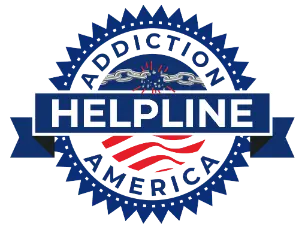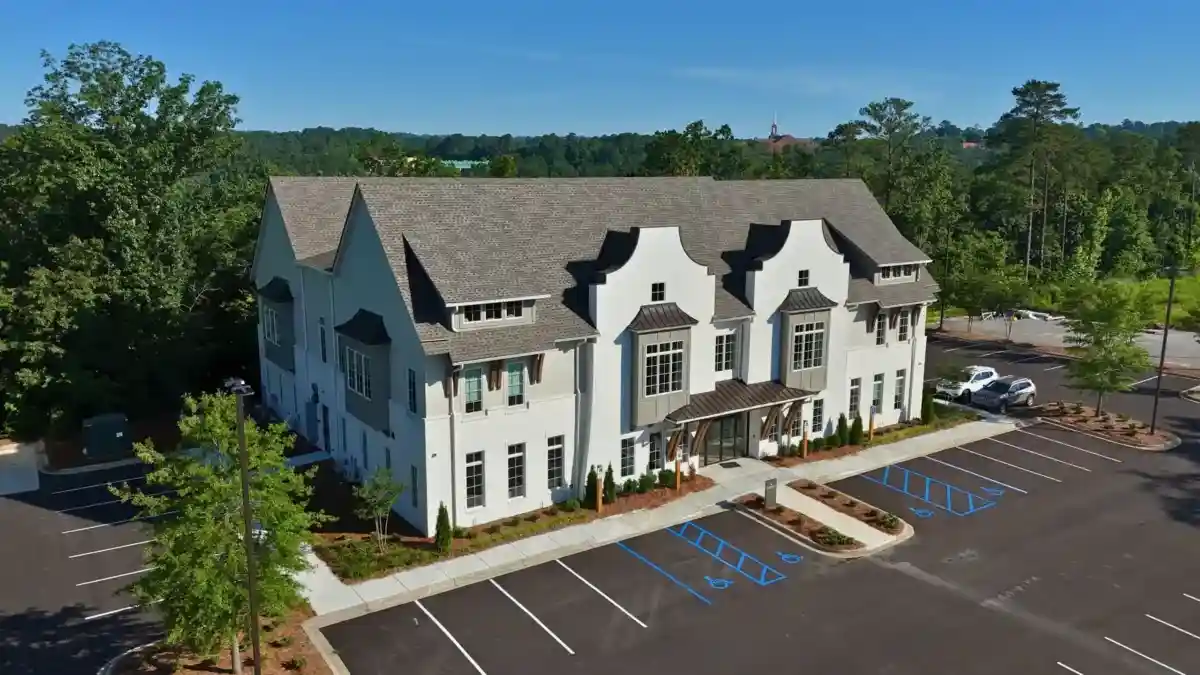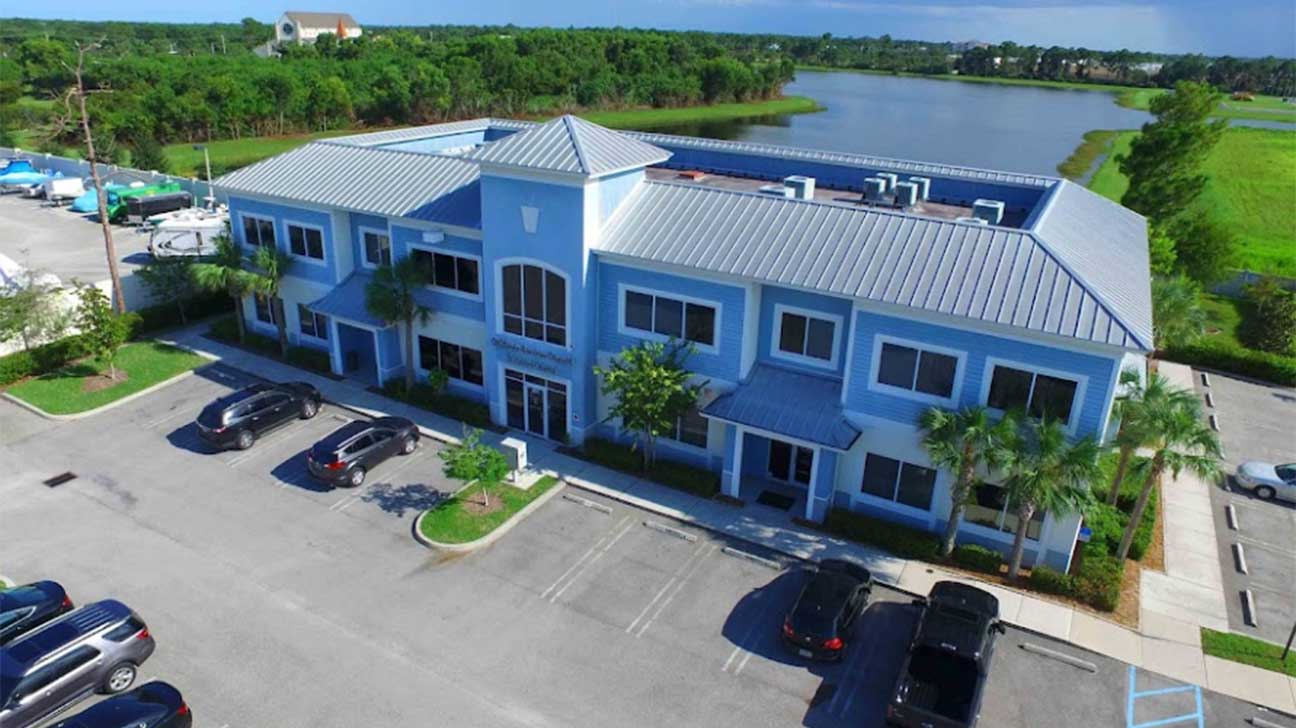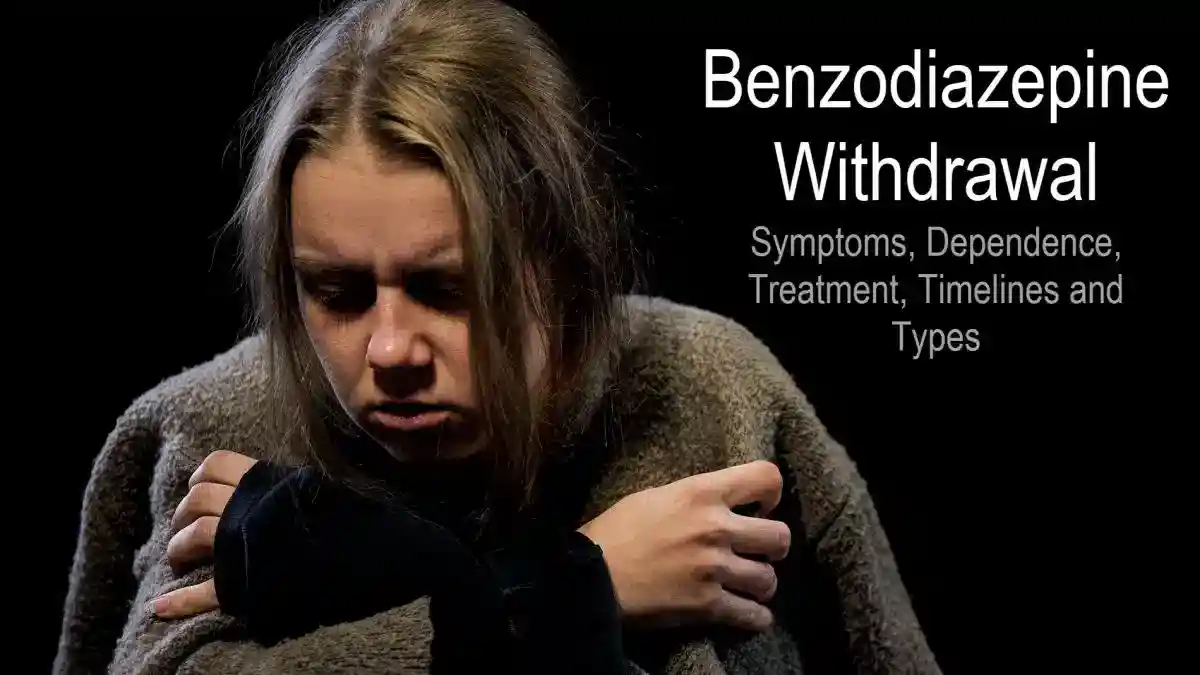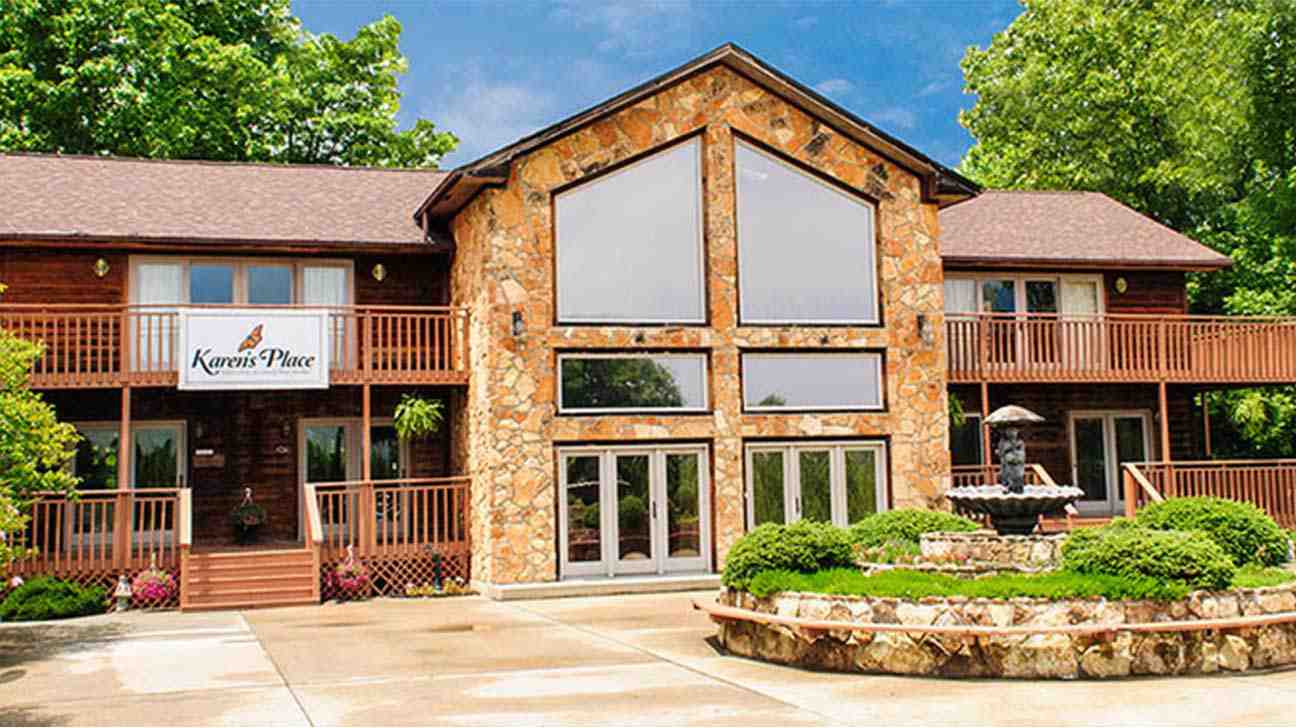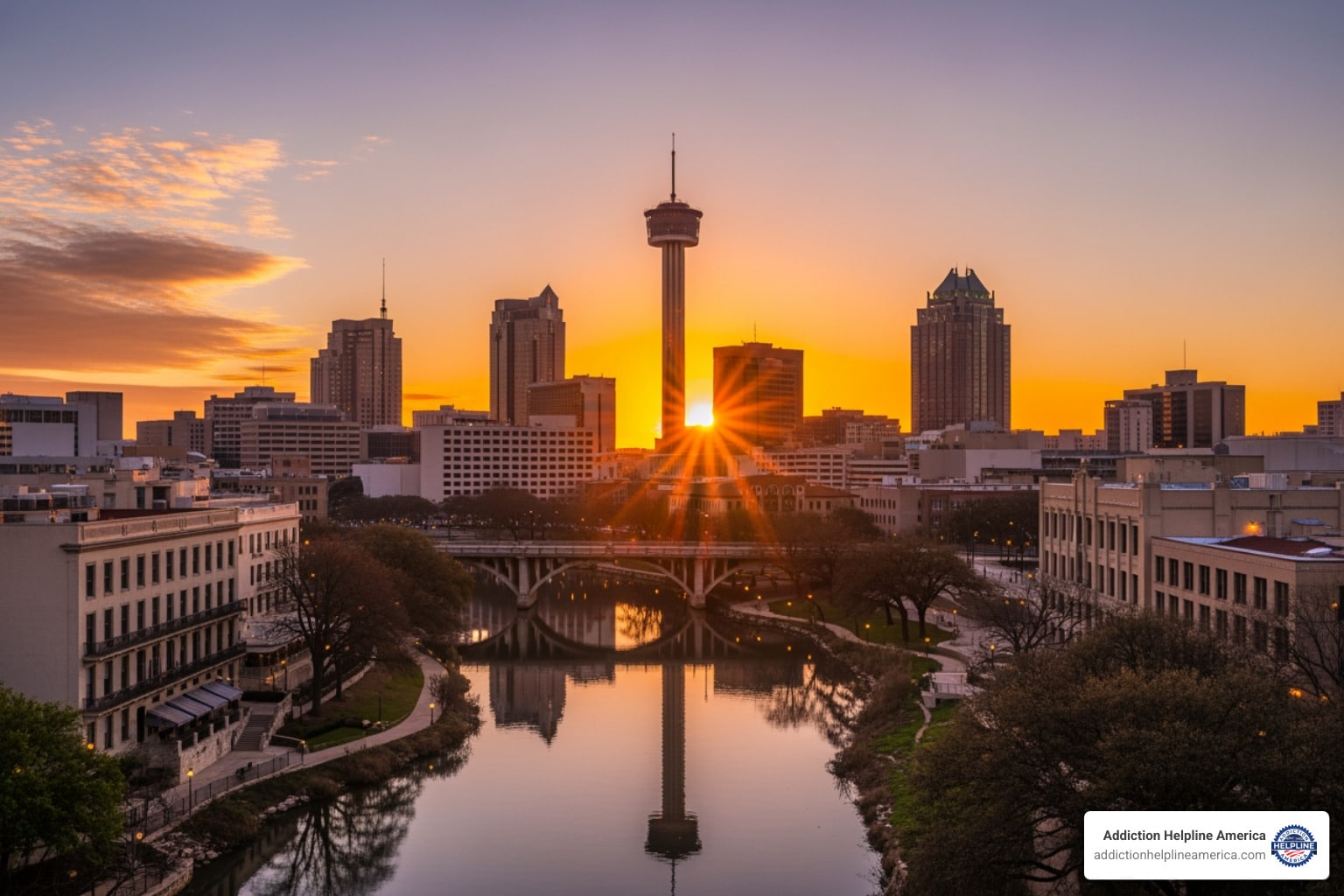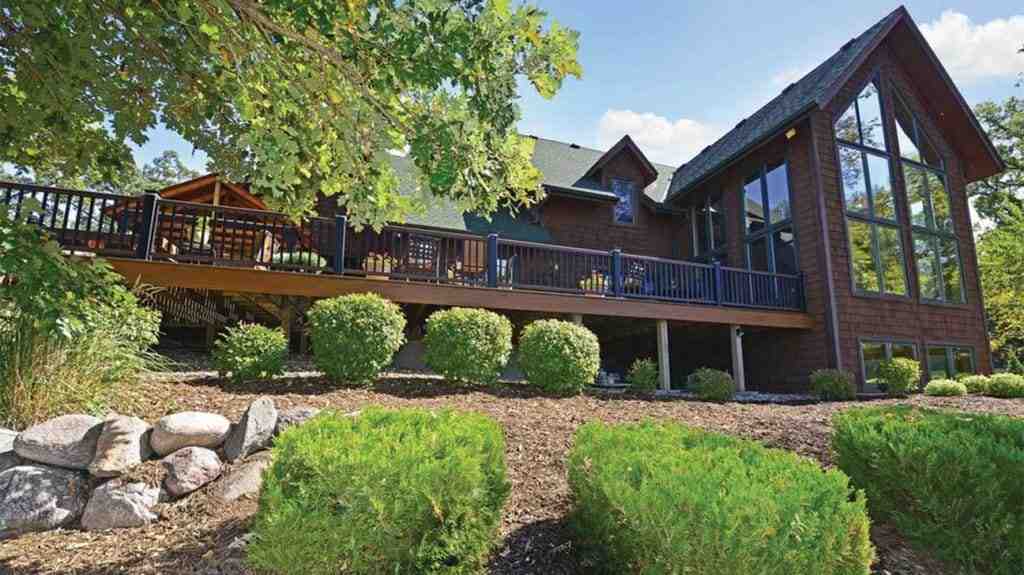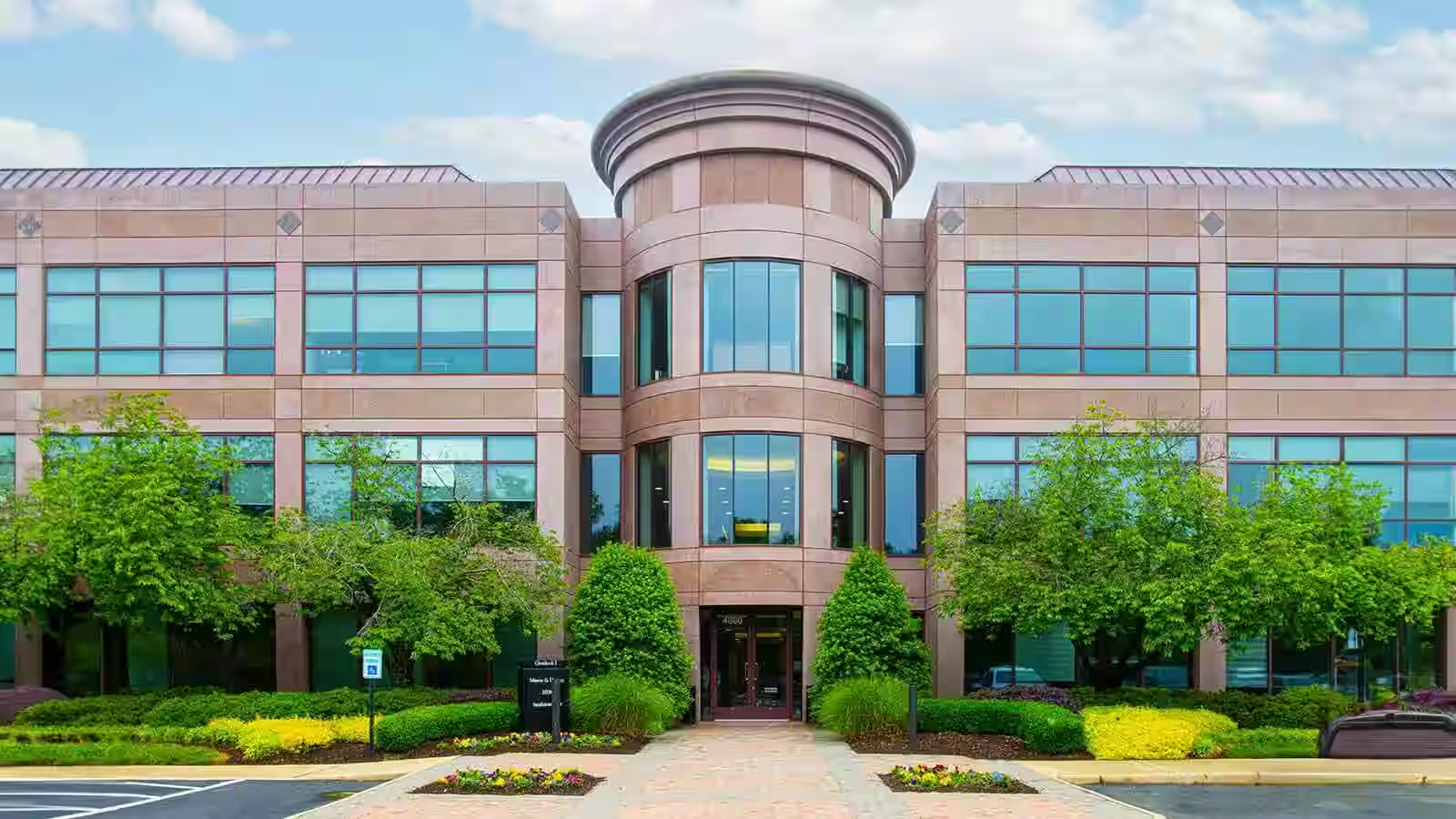
California’s Addiction Crisis: Why Quality Treatment Matters More Than Ever
Addiction treatment california offers hope for millions struggling with substance use disorders. With over 5.3 million Californians affected by addiction but only 10% receiving care, finding the right program can be a matter of life and death. The good news is that addiction is a treatable, chronic disease—not a moral failing. Quality treatment provides a remarkable return on investment, with every dollar spent generating over $7 in societal benefits.
Key addiction treatment options in California include:
- Medically-supervised detox – Safe withdrawal management with 24/7 medical support
- Inpatient/residential programs – Intensive 30-90 day structured care
- Outpatient programs – Flexible PHP and IOP options for continued recovery
- Medication-assisted treatment (MAT) – FDA-approved medications for opioid addiction
- Dual diagnosis care – Integrated treatment for mental health and addiction
- Specialized therapies – Evidence-based approaches like CBT and holistic treatments
The numbers tell a sobering story. California has 1,502 substance abuse facilities, yet approximately 725,000 people in Los Angeles County alone need treatment. Overdose deaths continue at unprecedented levels, making access to quality care more critical than ever.
As Addiction Helpline America, we’ve dedicated years to connecting individuals with effective addiction treatment california programs that match their unique needs. Our experience has shown us that the right program, at the right time, can transform lives and restore hope for lasting recovery.
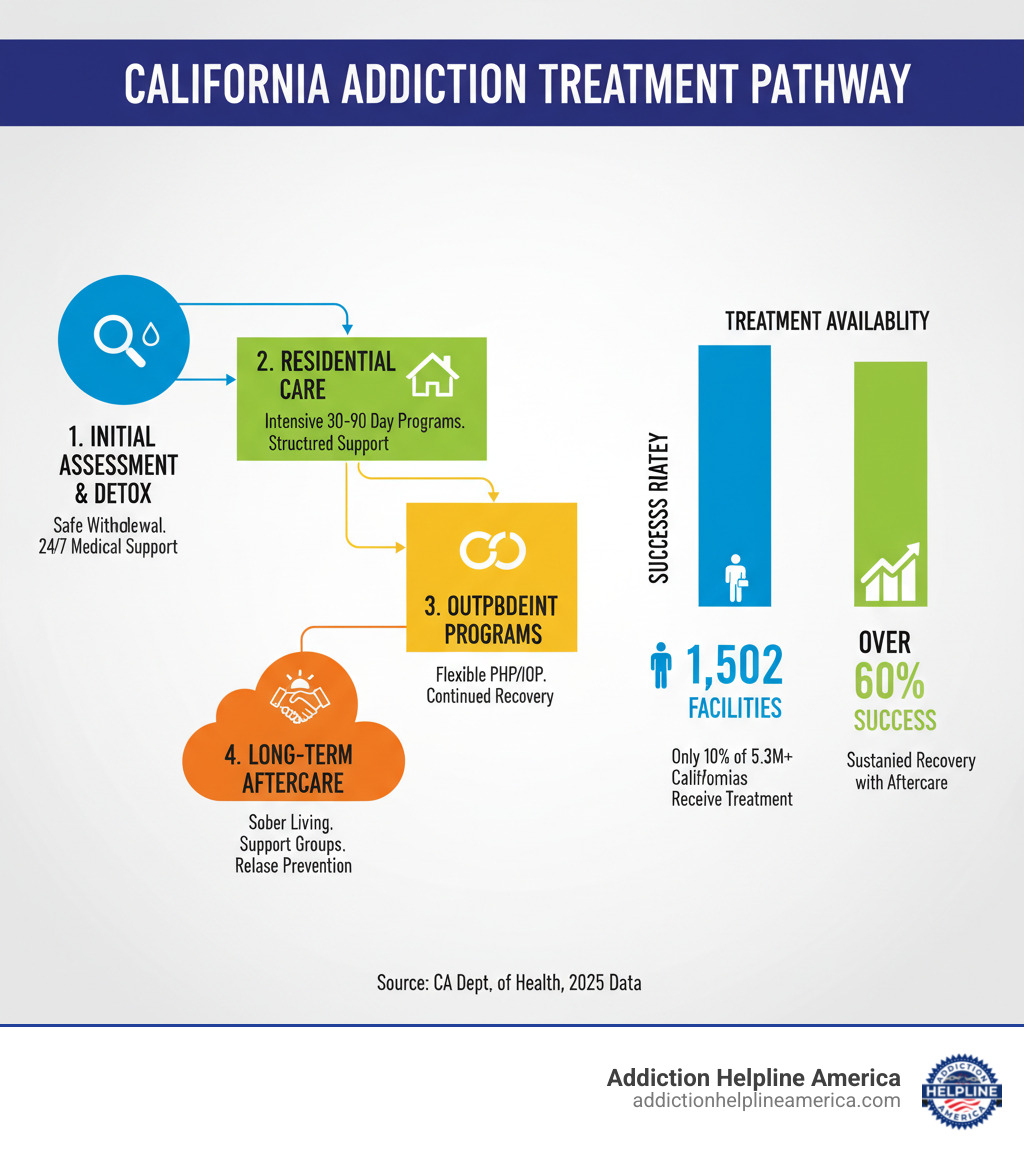
Understanding the Core Levels of Care in California
When seeking help for addiction, understanding your options is key. California’s addiction treatment system is built around a “continuum of care,” a roadmap that guides you through different levels of support based on your needs. Using guidelines from the American Society of Addiction Medicine (ASAM), facilities create personalized treatment plans that meet you where you are in your recovery journey.
From the first steps of detox through long-term recovery support, the state’s facilities are designed to provide the right intensity of care at each stage.
1. Medically-Supervised Detoxification
For many, medically-supervised detox is the essential first step. If you’ve used substances regularly, your body may be physically dependent, and stopping suddenly can be dangerous. This is especially true for alcohol, opiates, and benzodiazepines, where withdrawal can cause severe complications.
California’s detox facilities provide 24/7 monitoring by medical professionals. Medical teams use proven medications to manage withdrawal symptoms, making the process as safe and comfortable as possible. Most detox programs last 5 to 14 days, depending on the substances involved. Once your body is stabilized, you’ll be ready for the deeper work of recovery.
2. Inpatient and Residential Treatment
After detox, many people find healing in residential treatment. You live at the facility, stepping away from daily triggers to focus on recovery. These programs provide immersive care with a team of counselors, therapists, and peers supporting you 24/7.
Most programs offer 30, 60, or 90-day stays, with a structured environment that includes individual and group therapy, educational workshops, and recreational activities. The community support is a key benefit, as you’re surrounded by others who understand your journey. California’s residential facilities range from basic to luxury, but all provide 24-hour support, evidence-based therapies, and a safe space to heal.
3. Outpatient Programs (PHP & IOP)
Outpatient programs offer flexible treatment that allows you to maintain connections to home, work, or family.
Partial Hospitalization Programs (PHP) provide nearly the same intensity as residential care, but you return home at night. You’ll typically spend 6-8 hours a day at the facility in therapy and counseling.
Intensive Outpatient Programs (IOP) offer more flexibility, requiring just a few hours several days a week. They are ideal for transitioning from inpatient care or for those with significant life responsibilities. The expansion of virtual IOP options has removed geographic barriers, making treatment more accessible than ever.
Both PHP and IOP help you develop real-world coping skills by allowing you to practice them in your home environment while still receiving professional support. This flexibility makes outpatient care an excellent choice for parents, professionals, or anyone needing to balance recovery with daily life.
Specialized & Evidence-Based Addiction Treatment California Programs
Beyond the level of care, the specific therapeutic methods used are critical for success. Top addiction treatment california programs use evidence-based approaches to treat the whole person, addressing not just substance use but its underlying causes.

4. Medication-Assisted Treatment (MAT) for Opioid Addiction
Medication-Assisted Treatment (MAT) is a powerful tool for opioid addiction recovery. It combines FDA-approved medications like buprenorphine, methadone, and naltrexone with counseling and behavioral therapies. These medications help rebalance brain chemistry altered by opioid use, addressing the physical aspects of addiction. MAT reduces cravings, blocks the effects of opioids, and prevents relapse, dramatically improving treatment adherence. Despite its proven effectiveness, many who need MAT do not have access, a gap California is actively working to close.
5. Behavioral Therapies for Stimulant Addiction
Since there are no FDA-approved medications for stimulant addiction, recovery relies heavily on behavioral interventions.
- Cognitive Behavioral Therapy (CBT) helps individuals identify and change problematic thought patterns and behaviors that fuel substance use.
- Contingency Management uses positive reinforcement, like vouchers or small rewards, for desired behaviors such as negative drug tests.
- Motivational Interviewing helps people resolve mixed feelings about recovery and strengthens their motivation to change.
These therapies focus on building lasting coping skills and practical strategies for managing triggers and cravings.
6. Dual Diagnosis for Co-Occurring Disorders
About half of all people with a substance use disorder also have a co-occurring mental illness, such as depression, anxiety, PTSD, or bipolar disorder. Integrated treatment is crucial, as these conditions are often deeply intertwined. Dual diagnosis programs address both addiction and mental health simultaneously, treating the root causes rather than just the symptoms. This integrated approach recognizes that addiction and mental health are often two sides of the same coin, and lasting recovery requires addressing the whole picture.
7. Holistic and Experiential Therapies
Recovery is also about building a life worth living. Holistic and experiential therapies focus on the mind-body connection and support overall wellness.
- Yoga and mindfulness reduce stress and improve self-awareness.
- Art and music therapy provide creative outlets for processing emotions.
- Adventure and nature therapy connect people with the healing power of the outdoors.
Some programs also offer cutting-edge approaches like NAD+ IV therapy, acupuncture, and neurofeedback. These therapies work alongside traditional treatments to create a comprehensive recovery experience that nurtures the body, mind, and spirit.
Navigating the Logistics: Cost, Insurance, and Finding Help
Figuring out costs, insurance, and choosing the right facility can add stress to an already difficult situation. Here’s a simple breakdown of the resources available to make addiction treatment california accessible.
The Cost of Addiction Treatment California and Payment Options
The price for addiction treatment california varies, but treatment saves money in the long run. Studies show that substance abuse treatment delivers more than a 7-to-1 return on investment through reduced crime costs and increased employment.
When paying for treatment, you have several options. Private pay is widely accepted, but if funds are tight, over 60% of facilities offer sliding scale fees based on your income. Medicaid (Medi-Cal) is accepted at over 30% of rehabs, and many people receive help through publicly funded programs. California also runs state-funded programs to help those who might not otherwise be able to afford care.
Using Insurance to Cover Rehab
The Affordable Care Act requires insurance companies to cover substance use and mental health treatment. Private insurance is accepted at more than half of California’s rehab facilities. They often accept PPO, EPO, and HMO plans, but coverage specifics depend on your policy.
The difference between in-network and out-of-network coverage can significantly affect your out-of-pocket costs. Always verify your benefits with the facility or your insurance provider before starting treatment to understand your deductibles and co-pays. Be aware that some specialized centers may not accept Medicare or Medi-Cal.
How to Find and Vet a California Treatment Center
With over 1,500 facilities in California, knowing what to look for makes finding the right one manageable.
- State licensing is non-negotiable. Facilities must be licensed by the California Department of Health Care Services (DHCS).
- Accreditations from The Joint Commission or the Commission on Accreditation of Rehabilitation Facilities (CARF) indicate high-quality care.
- Evidence-based therapies like CBT, DBT, or MAT should be offered. If needed, confirm they provide integrated dual diagnosis treatment.
- A continuum of care, from detox through aftercare, is a sign of a comprehensive program.
- Reviews and testimonials can offer insight into a facility’s effectiveness and environment.
When you’re ready to search, use trusted, official resources like FindTreatment.gov. You can also call the SAMHSA National Helpline at 1-800-662-HELP (4357) for free, confidential referrals. If you’re in crisis, the 988 Suicide & Crisis Lifeline provides immediate support by calling or texting 988.
The Effectiveness and Future of California’s Treatment Landscape
California is a pioneer in developing innovative solutions to the addiction crisis, creating new and effective pathways to recovery. The state’s programs demonstrate that recovery is an achievable reality.
The Role of Emergency Department Initiatives
Instead of stabilizing and discharging patients back into the cycle of addiction, California is bringing treatment directly to the emergency room. The CA Bridge program is a game-changing initiative that meets people in their moment of greatest need.
With this model adopted in 276 hospitals, it has become the state’s largest source of Medication-Assisted Treatment (MAT) initiation. The results are remarkable: when someone receives MAT in the ED, they are twice as likely to still be in treatment 30 days later. When specially trained substance use navigators are involved, patient engagement in treatment jumps significantly. This proves that when we remove barriers and meet people with compassion, they are ready for change.
8. Family Programs and Support
Addiction is often called a “family disease” because it touches everyone who loves the person struggling. The most effective addiction treatment california centers understand this and integrate family-centered recovery into their programs.
Top facilities offer services designed to heal the entire family unit:
- Family therapy sessions create a safe space to improve communication, set healthy boundaries, and rebuild trust.
- Education workshops arm families with knowledge about the science of addiction and relapse prevention, reducing blame and stigma.
- Support groups connect families with others on a similar path, providing a powerful sense of community and understanding.
When families heal together, recovery becomes a shared journey instead of a lonely struggle.
9. Aftercare and Alumni Programs
Completing a treatment program is the start of a lifelong journey. The real work of recovery happens in the months and years that follow, which is why aftercare and alumni programs are crucial for long-term success.
Leading facilities in California create ongoing support networks that can last a lifetime. Key components include:
- Relapse prevention planning, where individuals develop personalized coping strategies and action plans for high-risk situations.
- Sober living homes, which offer a structured, substance-free environment for people transitioning back to daily life.
- Support groups, like 12-step programs, that provide ongoing peer encouragement and wisdom.
Strong alumni programs create a recovery family through social events, community service, and regular check-ins, keeping people connected to a positive support system long after they’ve left treatment.
10. Telehealth and Virtual Treatment
The COVID-19 pandemic accelerated the adoption of virtual treatment, turning it into an essential lifeline. This shift has permanently expanded access to care across California.
Virtual Intensive Outpatient Programs (IOP) and online counseling allow people to receive structured therapy from home, removing barriers like geography and transportation. The benefits of telehealth for addiction treatment california have been game-changing:
- Accessibility: People in rural or underserved areas can access top-quality care.
- Flexibility: Treatment can be balanced with work, school, or family responsibilities.
- Continuity of care: Treatment can continue without interruption from illness or travel issues.
- Reduced stigma: Some individuals feel more comfortable opening up from the privacy of their own homes.
Telehealth is now a vital part of California’s treatment landscape, expanding options to ensure anyone who wants help can find it.
Frequently Asked Questions about California Rehab
It’s natural to have questions when looking for addiction treatment california options. Here are the straight facts on some common concerns.
What are common myths about addiction treatment?
Outdated beliefs about addiction can prevent people from seeking help. Here are the facts:
- Myth: MAT just trades one addiction for another.
Fact: MAT is an evidence-based medical treatment, similar to a diabetic taking insulin. It addresses biological changes in the brain to reduce cravings and support recovery. - Myth: You have to hit “rock bottom” before you can get help.
Fact: Early intervention leads to better outcomes. Seeking help sooner increases the likelihood of lasting recovery. Don’t wait for a crisis. - Myth: Addiction is a moral failing.
Fact: Addiction is a treatable, chronic disease that changes brain chemistry. It requires medical and therapeutic intervention, not judgment.
How are co-occurring mental health disorders addressed in California?
About half of people with substance use disorders also have mental health conditions like depression or anxiety. California’s treatment centers use an integrated approach called dual diagnosis treatment. Instead of treating addiction and mental health separately, therapists address both simultaneously. This comprehensive plan looks at the root causes of both conditions, providing a much stronger foundation for lasting wellness.
What accreditations are important for a California rehab?
Licenses and accreditations help you identify quality programs. They represent a commitment to safety, professional standards, and effective care.
- The most basic requirement is licensing by the California Department of Health Care Services (DHCS). Every legitimate facility must have this.
- For top-tier care, look for accreditation from The Joint Commission or the Commission on Accreditation of Rehabilitation Facilities (CARF). These organizations hold facilities to rigorous, internationally recognized standards for patient care and safety.
These credentials provide independent verification that a facility meets professional standards for addiction treatment california.
Conclusion: Take the First Step Towards Your New Start in California
After exploring California’s vast landscape of addiction treatment california options, one truth is clear: help is accessible, effective, and closer than you think.
From medically supervised detox to innovative emergency room initiatives, California has built a recovery system that meets people wherever they are. Whether you need residential treatment, flexible outpatient programs, or specialized dual diagnosis care, there are pathways to healing.
Remembering that addiction is a treatable disease—not a moral failing—can be the difference between staying stuck and moving forward. The logistics don’t have to be a barrier either. With options like sliding scale fees, insurance coverage, and state-funded programs, a financial path is likely available. By looking for facilities with proper DHCS licensing and accreditations from The Joint Commission or CARF, you can find quality care.
If you or someone you love is struggling, you don’t have to do this alone. The journey to recovery can feel daunting, but personalized guidance makes all the difference. Addiction Helpline America exists to provide free, confidential support in finding the right treatment program from our network of trusted providers.
Recovery is happening every day in California. Your new start could begin with a single phone call. Find the right addiction treatment program for you.
Our helpline is 100%
free & confidential
If you or someone you care about is struggling with drug or alcohol addiction, we can help you explore your recovery options. Don’t face this challenge alone—seek support from us.
Programs
Resources
Will my insurance
cover addiction
treatment?
We're ready to help
Find the best
drug or alcohol treatment
center
Are you or a loved one struggling with addiction? Call today to speak to a treatment expert.
